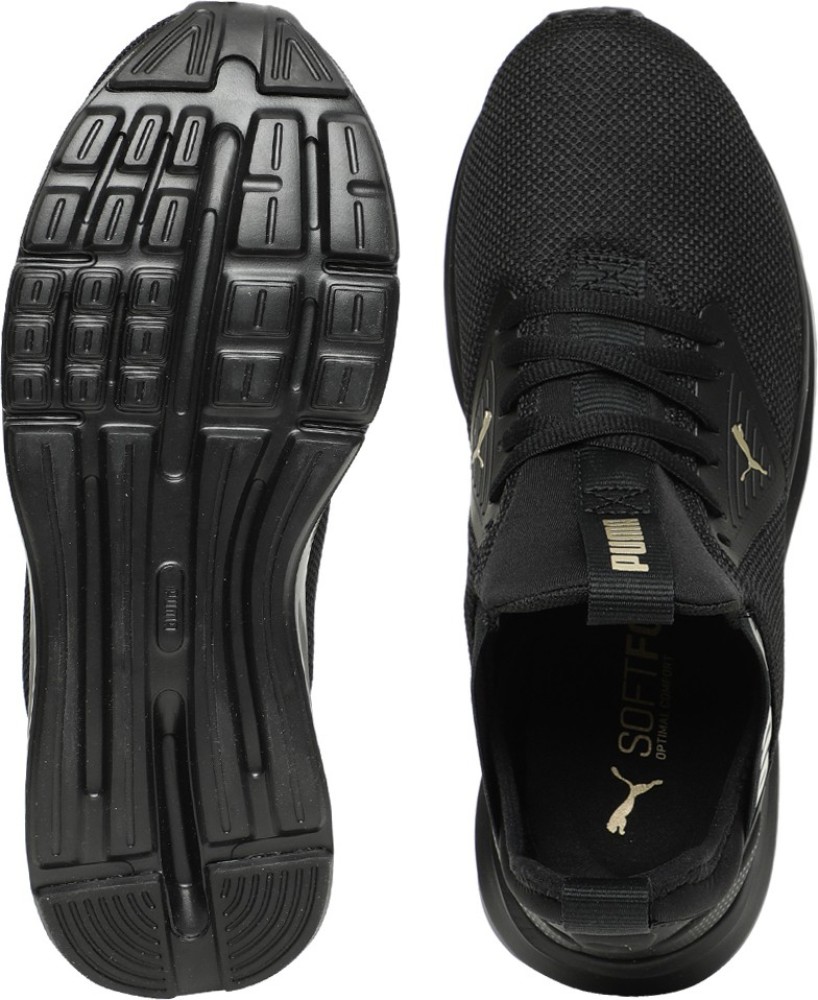
Puma Enzo Beta Wn S Running Shoe (6): Buy Puma Enzo Beta Wn S Running Shoe (6) Online at Best Price in India | Nykaa

Женские кроссовки для бега Puma ENZO BETA WN`S 19244305 38.5 Розовые (5903419106712) – в интернет-магазине ROZETKA | Купить в Украине: Киеве, Харькове, Днепре, Одессе, Запорожье, Львове
























/puma-chaussures-enzo-beta-wn-s-19244301-noir.jpg)